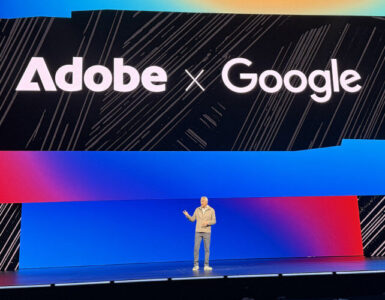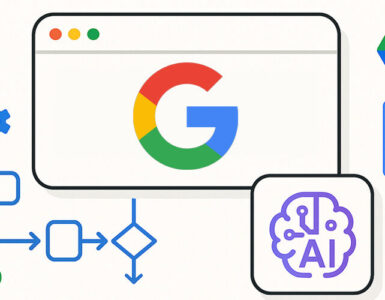It doesn’t take anyone with special intelligence to surmise that the rapid push into AI, or artificial intelligence, is going to cost consumers, who will soon see AI models invade their homes through computers, smartphones, tablets and even cars. As artificial intelligence (AI) continues to push cultural conversations, the economics behind it are rapidly coming into focus since the technology demands massive computational power and constant development, and are unlikely to be offered for free down the line.
Few companies want to put a price tag on things at the moment, given that not many have successfully rolled out AI alongside hardware, but this pivot to machine learning at scale, where the system essentially ‘learns’ from patterns in data will change how consumers subscribe to services in the future, much like the way our grandparents could never fathom paying for a portable phone line that would be with them 24/7.

With the launch of Google’s Pixel 9 flagship series, the integration of AI into hardware has never been more evident, particularly with large language models like Gemini, Google’s AI assistant – requiring extensive training data, large-scale infrastructure, and significant processing power to function. The tech giant is pushing Gemini Advanced, the premium upgrade that comes at additional cost, through its current hook, to get consumers seduced by AI, is a complimentary one-year subscription on the Pixel 9 Pro and Pro XL models.

Speaking to Geek Culture at Mountain View in California after the Made By Google 2024 event, Amar Subramanya, Vice President of Engineering at Google, shares the company’s outlook of improving both free and paid AI models and “make them amazing, and then learn from that.”
This dual approach reflects a larger trend in the AI industry. On one hand, companies want to democratise AI, making it accessible to all; on the other, advanced features such as greater context windows or faster processing power often require significant resources, justifying subscription-based models. It’s a sector that will evolve as AI continues to mature, but Subramanya remains unfazed by its newborn nature, stating that the team can “figure out how we make progress” once there’s a “better understanding of what the economics of generative AI are.”
The sentiment echoes a larger observation – that the economics of AI are still being defined, and how the way companies like Google monetise and distribute AI will continue to evolve with further investment. Then, there’s also an industry-wide nudge toward personalising AI for users, highlighting the growing importance of creating economically sustainable AI models that can operate efficiently on consumer-grade hardware without having to tap into cloud services. Between these considerations, as well as the immense computational power and ongoing development that AI requires, one cannot help but ask: how is financial sustainability achieved?
For now, the balance between free and premium models ensures accessibility without compromising the development of more powerful tools, especially as these tools become embedded in everyday devices like the Pixel 9.
As the industry has pointed out, there’s plenty of potential to harness here, evident from the growth of text processing models into a jack-of-all-trades capable of handling multiple data types, including images and voice. This explosion of multimodal (inputting prompts via text, audio, photo and video) capabilities has brought AI closer to resembling the depictions often seen in popular media, but as Subramanya points out, true artificial general intelligence (AGI) is still a distant dream.
“We’ve been making a ton of progress, especially in the last two or three years. Just even two years ago, we only had models that could take in input in the form of text and output text responses,” he explains. “And fast forward to today, you have models that can take images. We also demoed at Google I/O on inputting video and how you can actually speak to it in a natural way.”
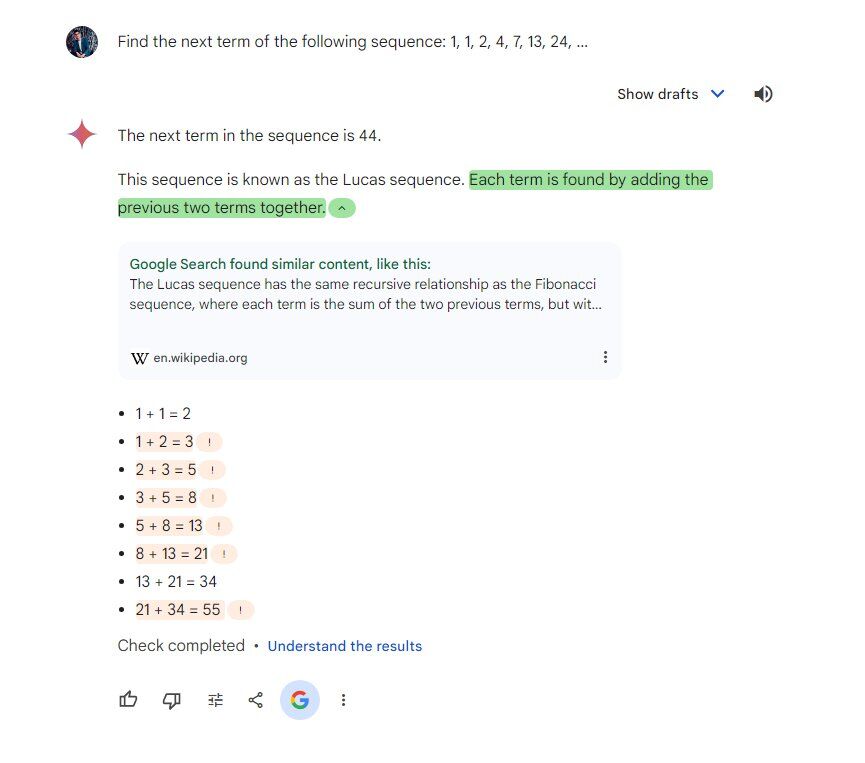
The concept of AGI, where machines can perform any intellectual task a human is capable of, has been a defining feature of AI’s narrative in pop culture. However, the current reality is more nuanced. Today’s AI excels in specific domains, like language processing and image recognition, and although it has grown dramatically, it still lacks the unified reasoning abilities that AGI would require.
“I think reasoning is another area where, recently, we announced this massive stride in how we can get these models to solve Mathematical Olympiad problems. So I think we will continue to make progress in all of these areas. But I do think AGI is probably a little bit further out,” Subramanya adds.
For now, the focus remains on enhancing these specialised capabilities, gradually increasing AI’s capacity to handle more complex and diverse tasks. Still, there are challenges – while AI software is progressing at an extraordinary pace, hardware struggles to keep up. It’s hardly surprising, given the significant computational demands that modern AI places on existing hardware infrastructure, and Subramanya shares his own experience:
“We’ve made a lot of progress, particularly at Google, thanks to the work we’ve done on TPUs (Tensor Processing Units) of running these models efficiently on those processors. But the pace of progress here has been so rapid that hardware always takes a while to catch up.”
The implication here is clear – as AI becomes more integrated into everyday devices, from smartphones to wearables, ensuring that hardware can support these advancements is key. The Pixel 9 represents a significant step in this direction, providing consumers with faster, more efficient AI experiences. However, it may take time for hardware across the board to fully match the rapid evolution of AI software, which Subramanya describes as “a journey”.
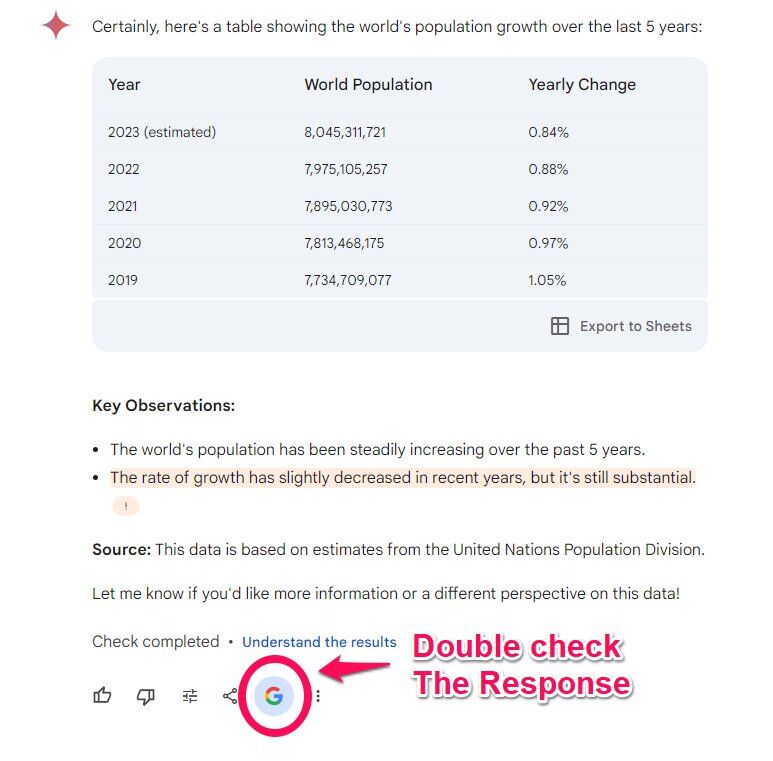
Another concern surrounding the tech is the phenomenon of “hallucinations”, where AI generates responses that are plausible but factually incorrect, which undermines trust in the system. To alleviate the issue, Google has adopted various measures, such as “including some algorithmic improvements, “improving training to get the model to hallucinate less”, and it’s secret weapon that its competitor’s won’t have – the “Google it” button.
By allowing users to cross-referencing AI-generated responses with verified sources, the industry heavyweight is one step closer to creating an environment where AI is both powerful and reliable. Doing so also paints a more complete picture of its capabilities, as the common expectation is that results should be immediate. But AI is inherently iterative, and Subramanya highlights the importance of engaging with AI over multiple interactions.
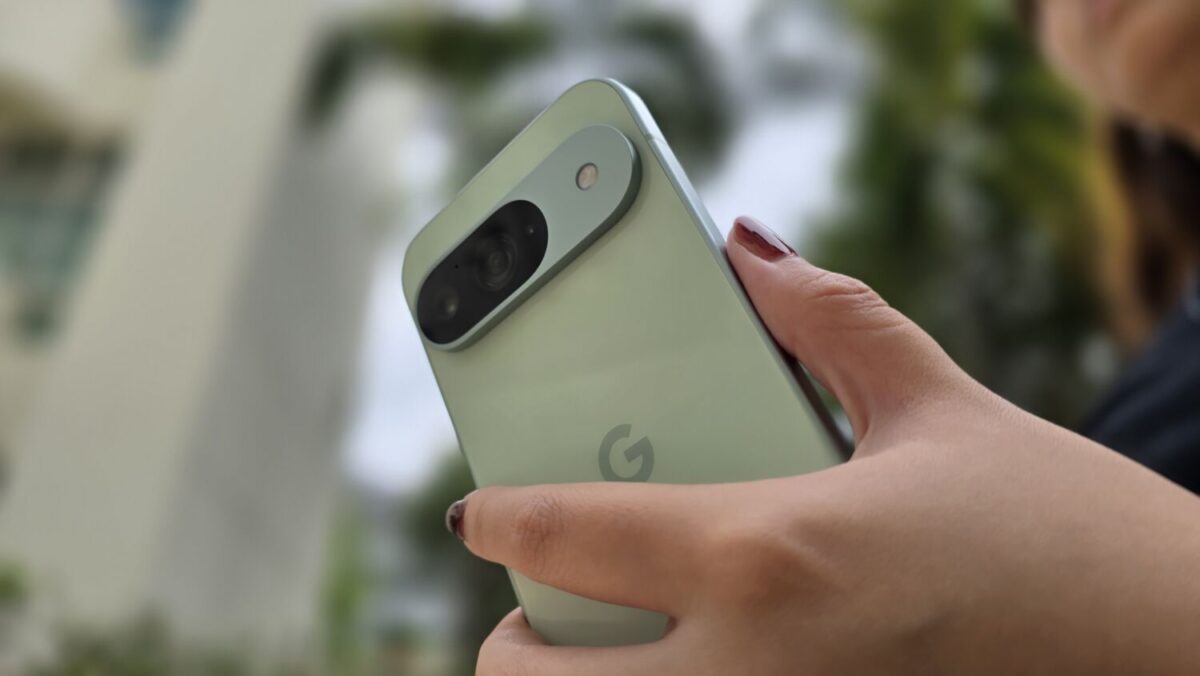
“These models are multimodal. They are multi-turn. They are contextual. So if you don’t get the right response, if you don’t get what you want the first time around, work with the model and you will have to go through a few turns, you’d actually get there,” stresses Subramanya. “Oftentimes what will happen is people will just give up on the first try. But if you actually take one more step, you will probably end up achieving what you wanted to go for.”
There’s also the question if consumers will bite. Google isn’t the first to introduce AI to mobile devices and while Samsung has laid claim to having AI on over 100 million devices since last year, it hasn’t, or can’t claim supremacy. And this September, tech giant Apple will also roll out it’s AI, dubbed Apple Intelligence, across select iPhone 16 Pro models, which means that the battle has only just begun.
Through its various AI-powered offerings like the Pixel 9, Google is opening the door to more practical applications that have the potential to reshape industries and daily life, even if the road to AGI remains a long stretch.
With Gemini Live already working and out in the wild, the pace at which such tools and services are moving faster than Google can roll out its latest mobile hardware globally. As it stands, current AI advancements are inadvertently reshaping user experiences especially as users learn to make full use of these tools but as AI continues to evolve, building trust and ensuring reliability will be crucial to its widespread adoption and success.
Or it just might be another trend in tech that comes off more as a fancy party trick as opposed to actual utility.
Gerald currently straddles between his love of video games and board gaming. There’s nothing that interests him more than trying out the newest and fanciest gadget in town as well. He dreams of publishing a board game sometime in the future!

